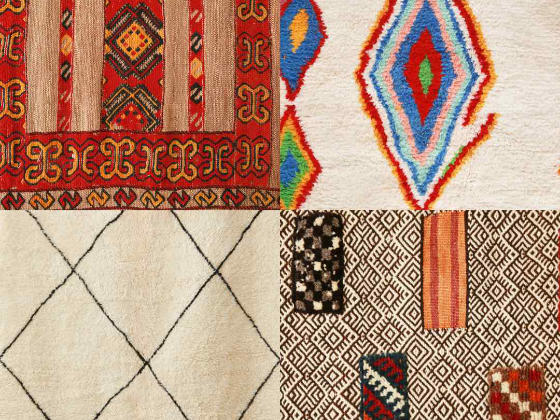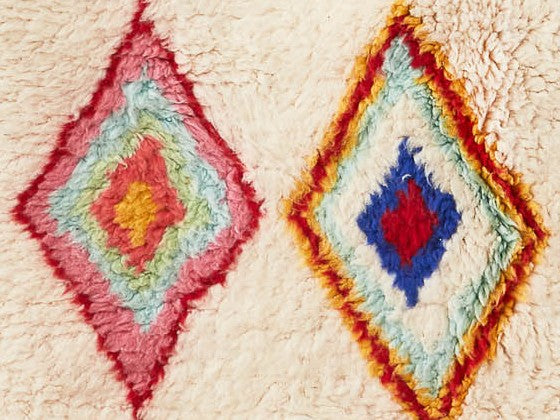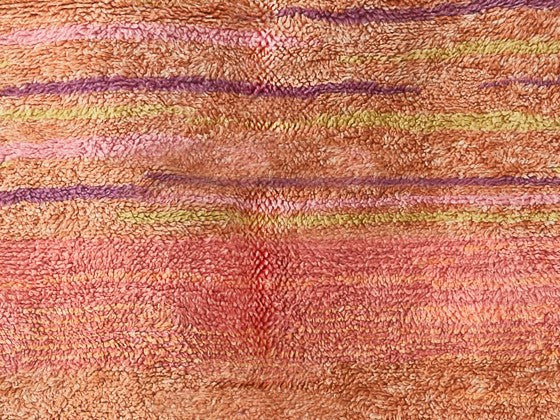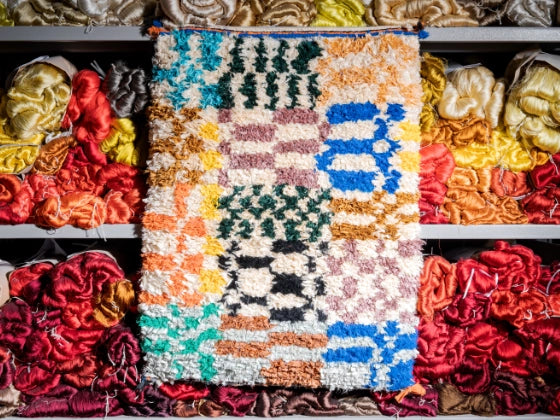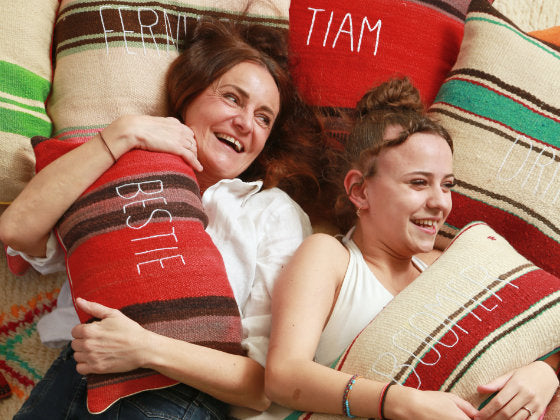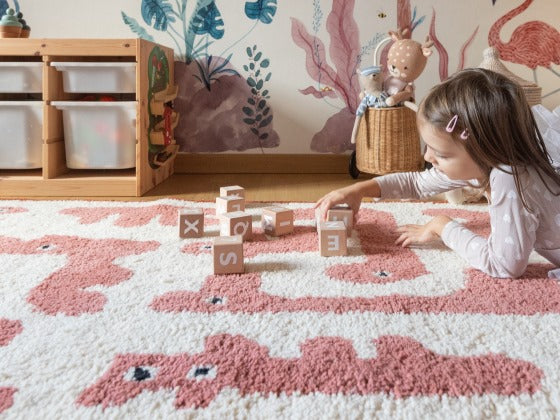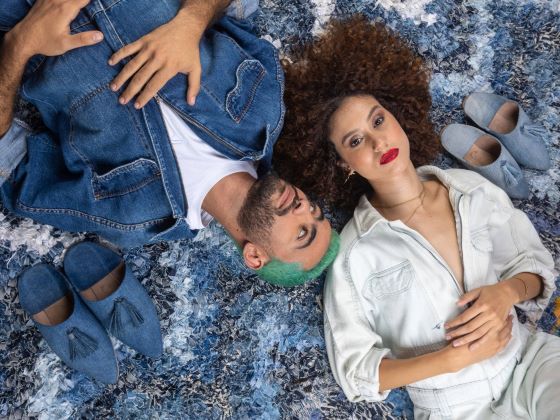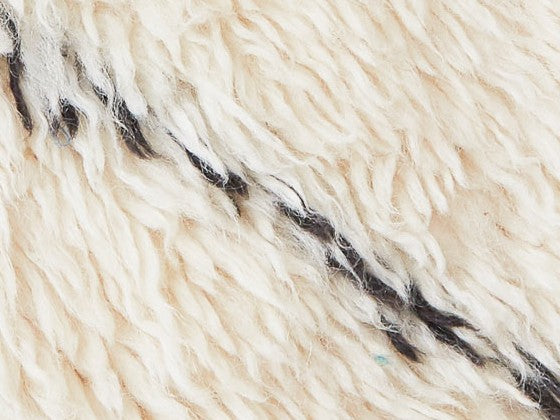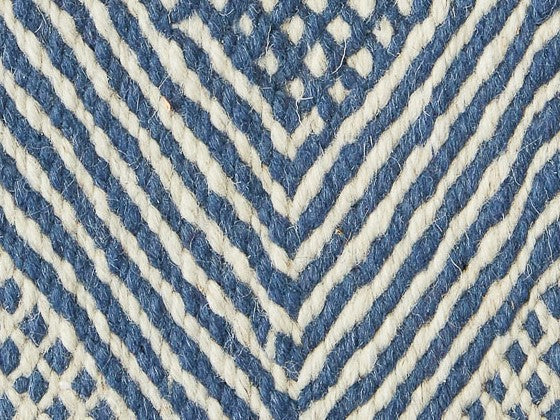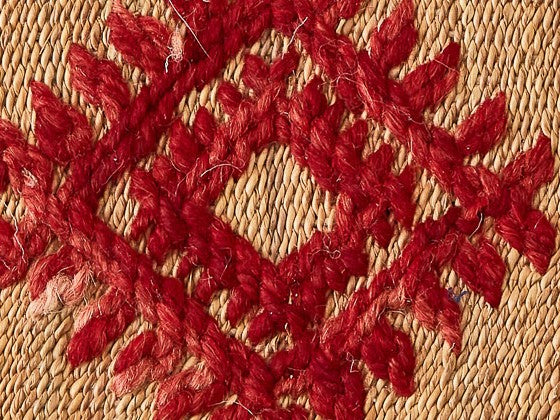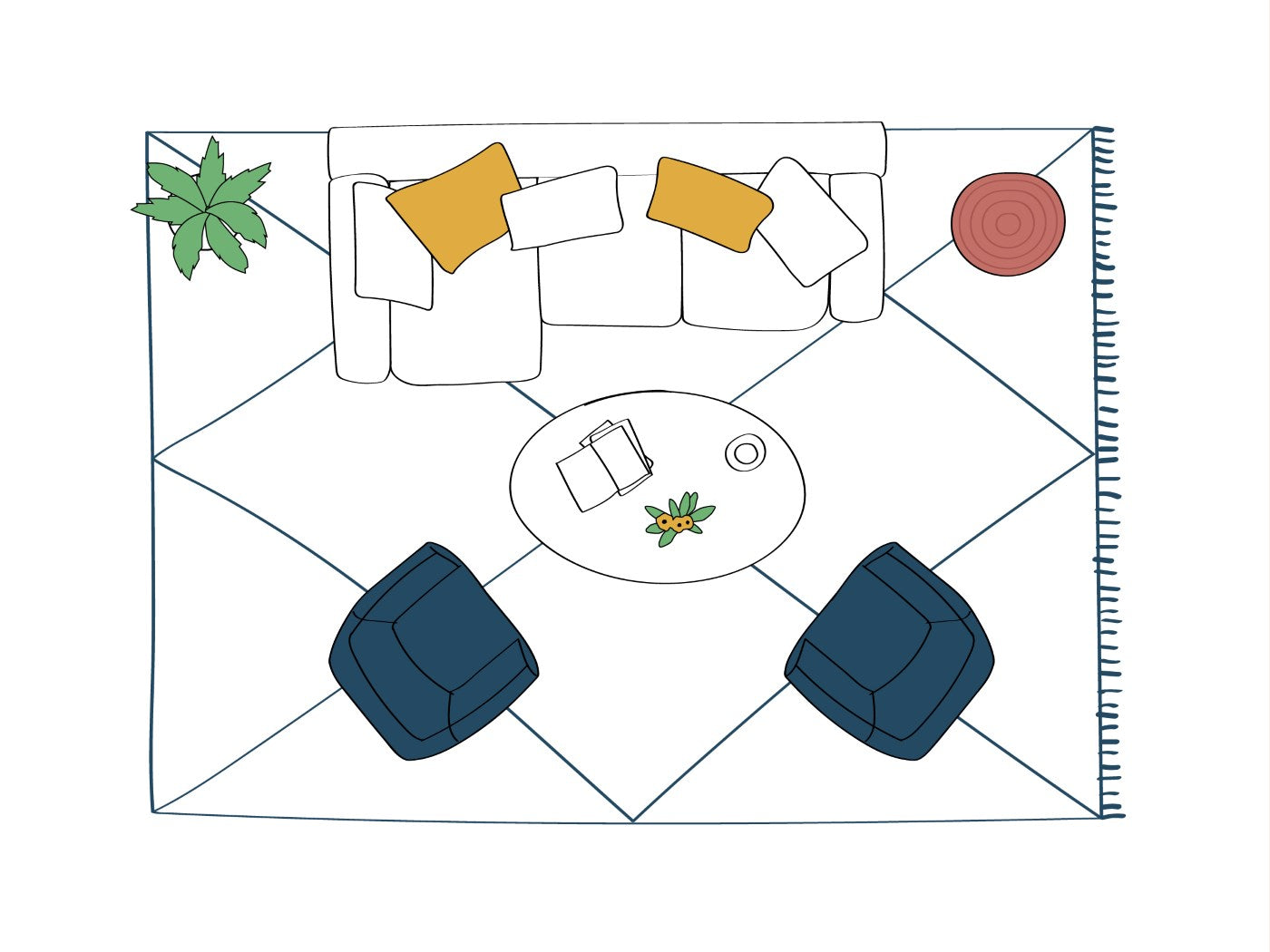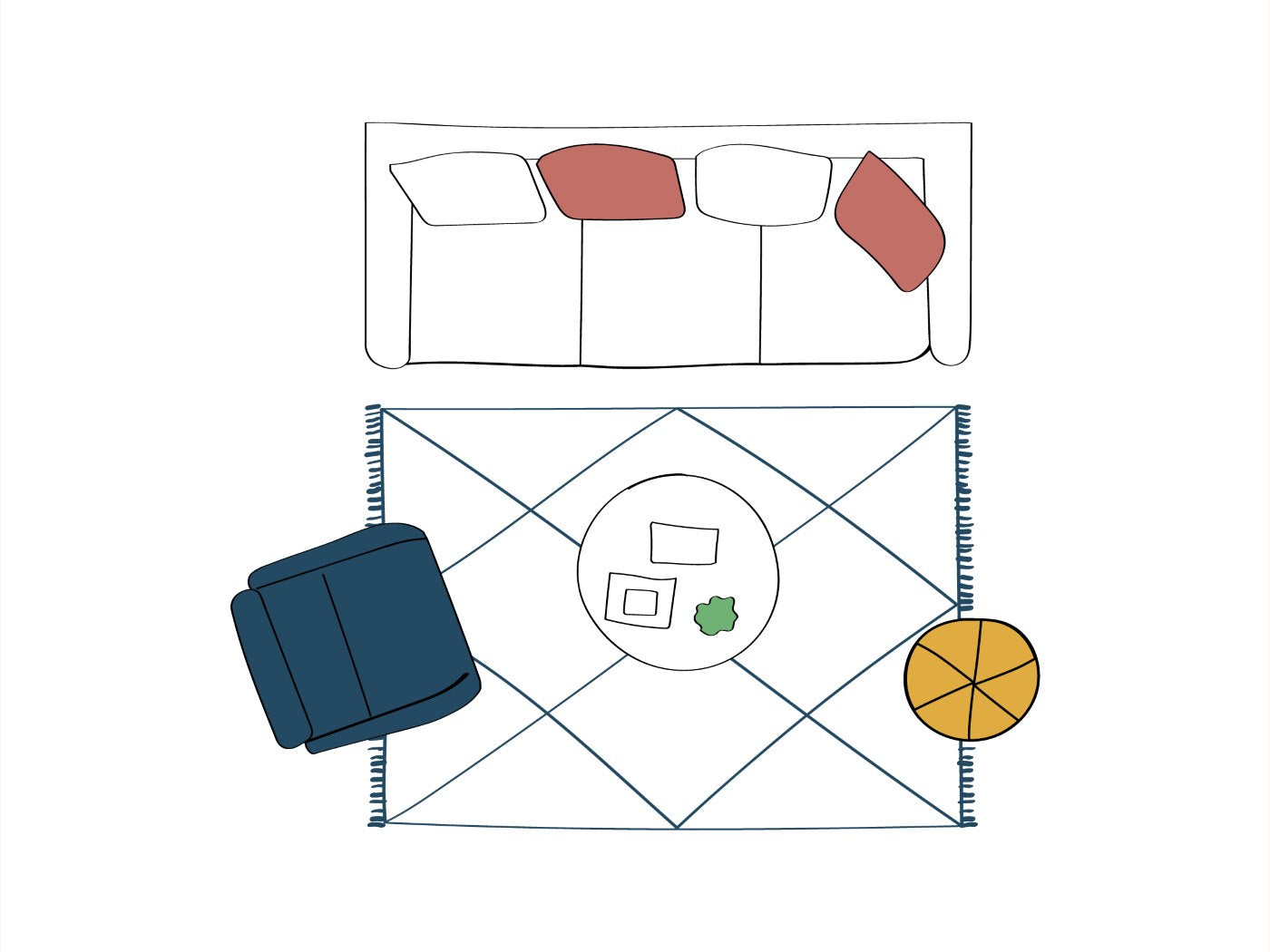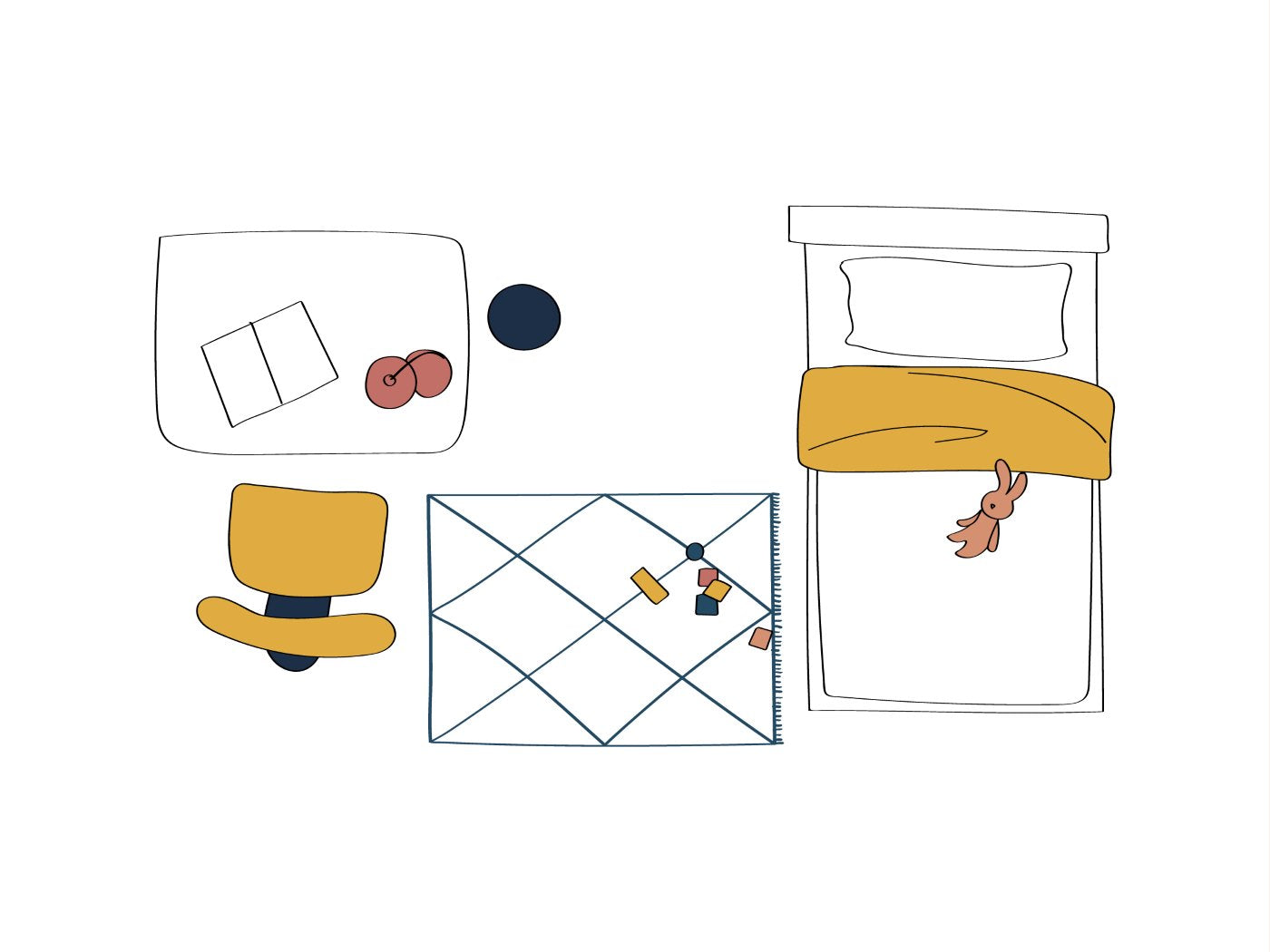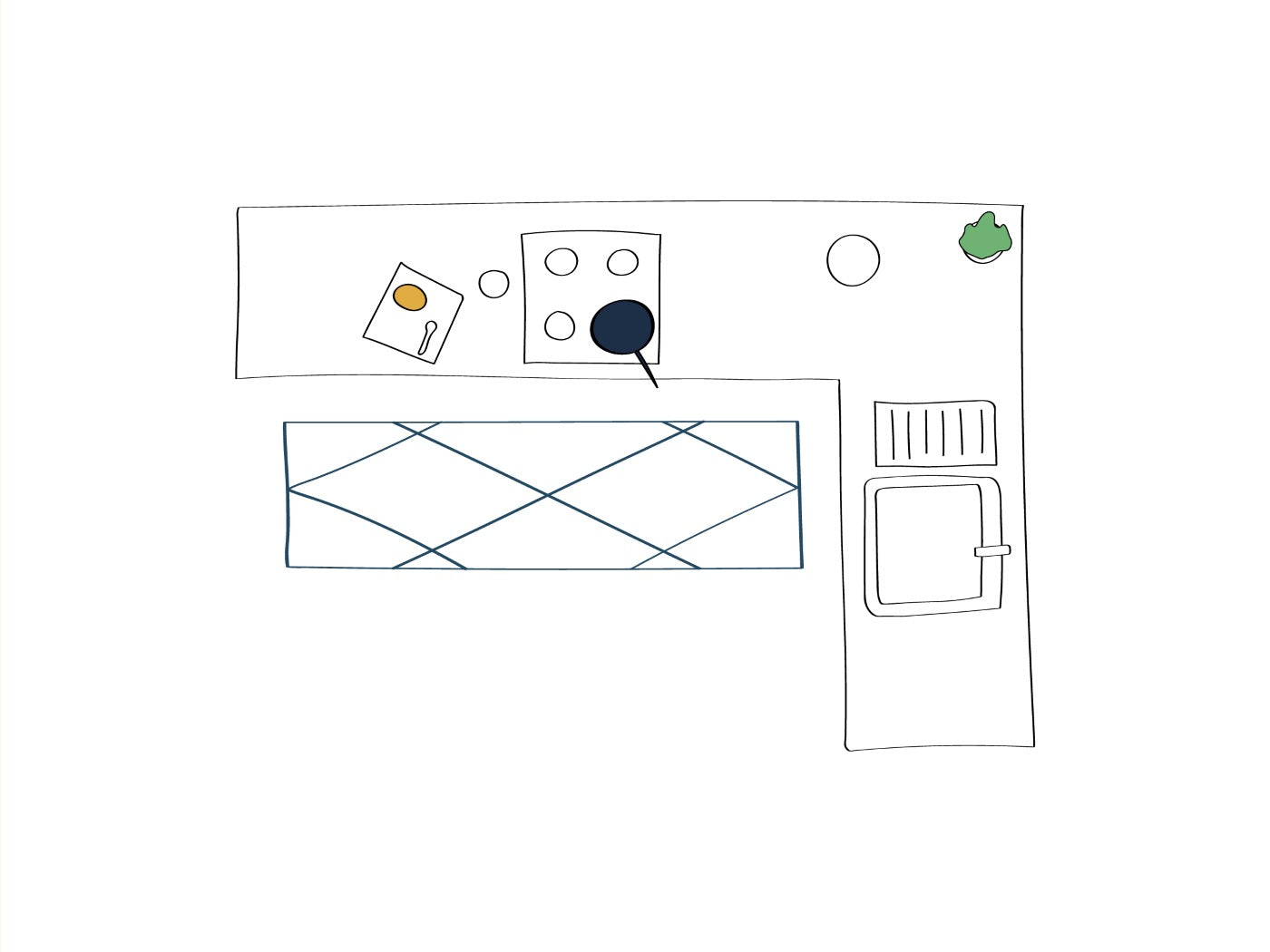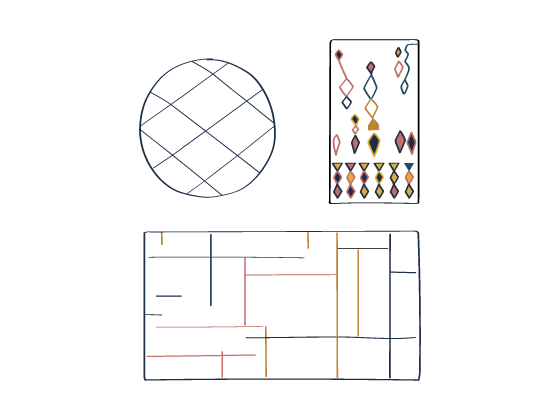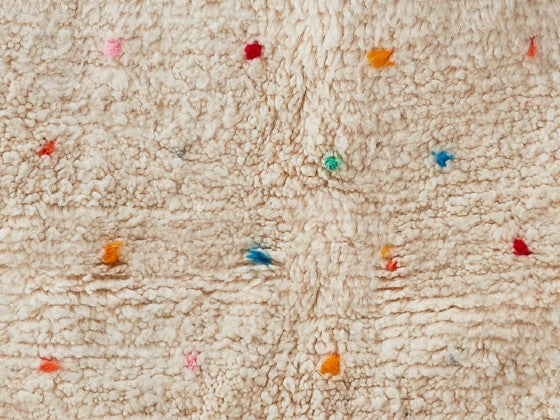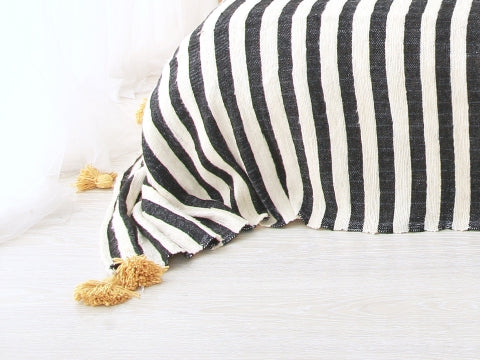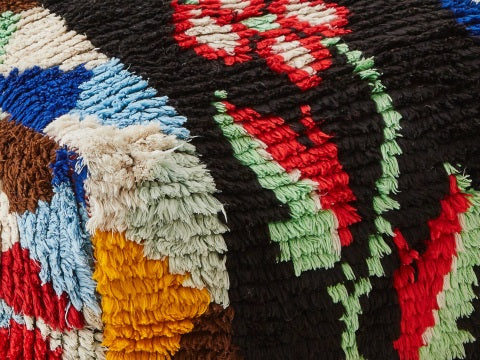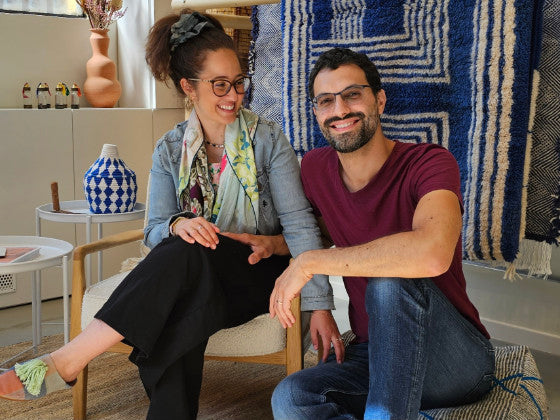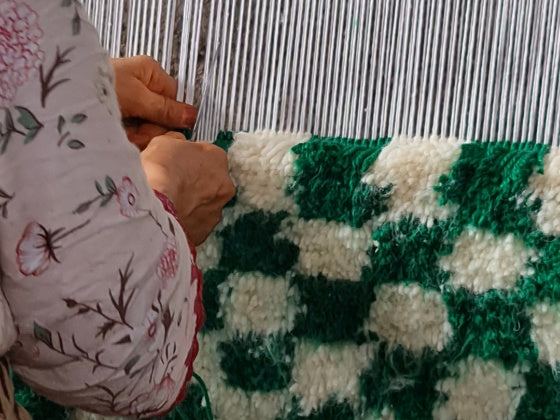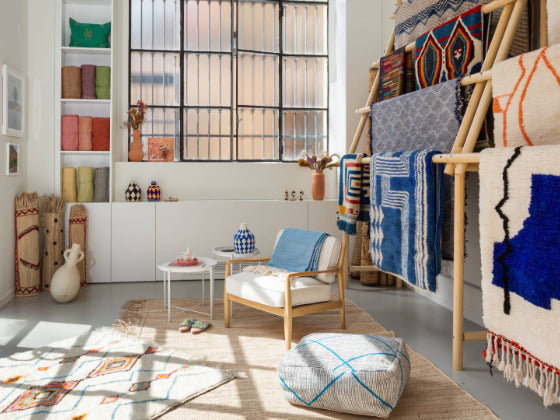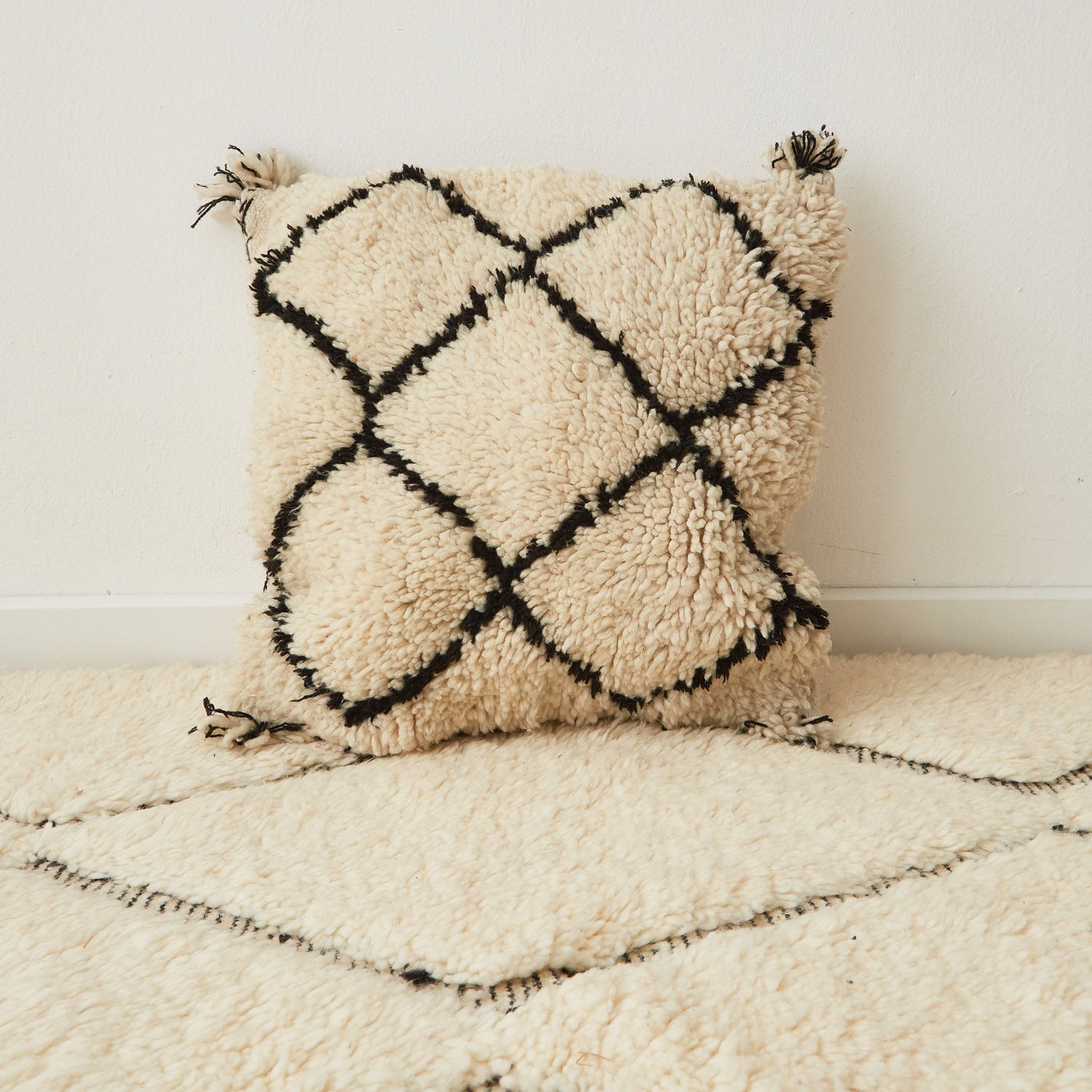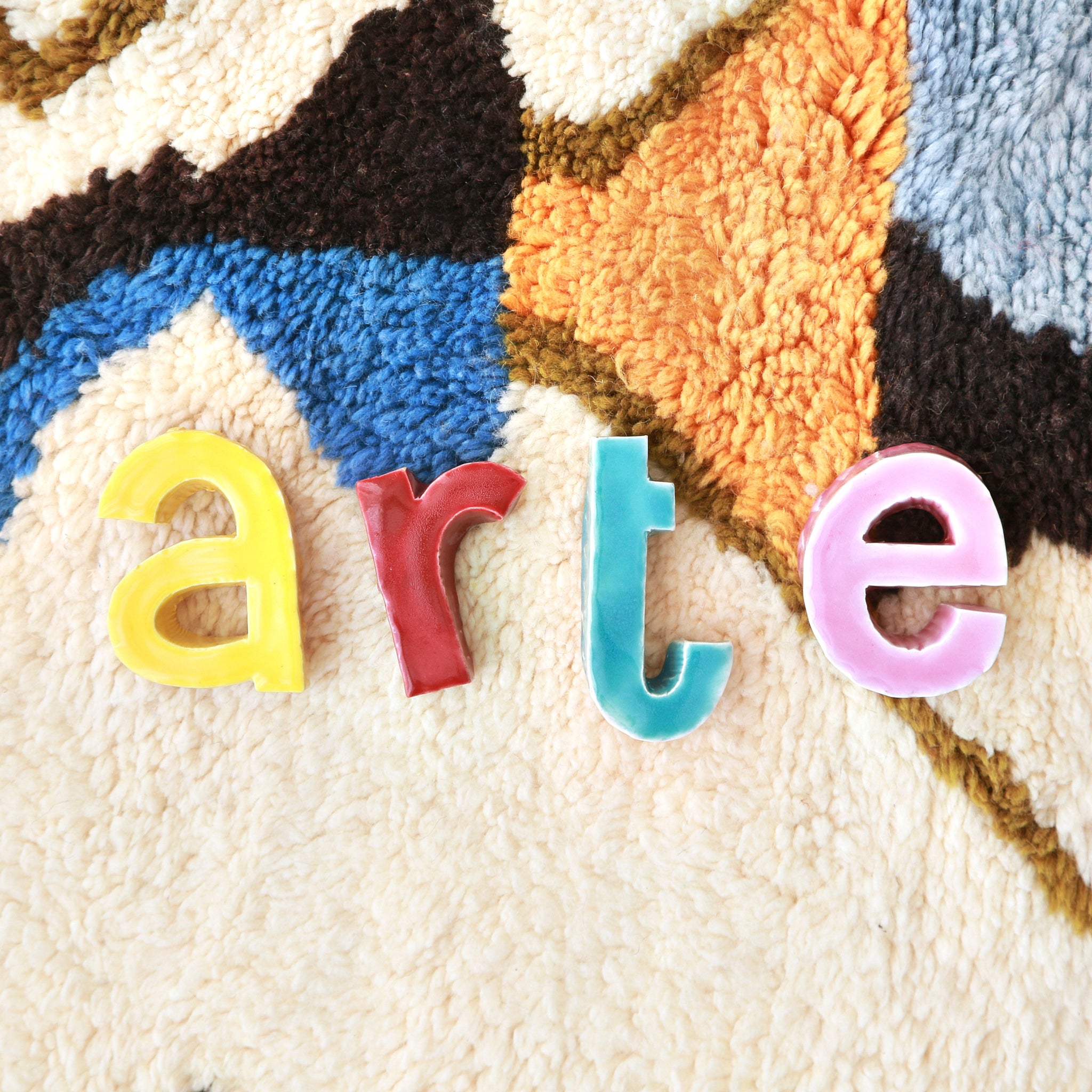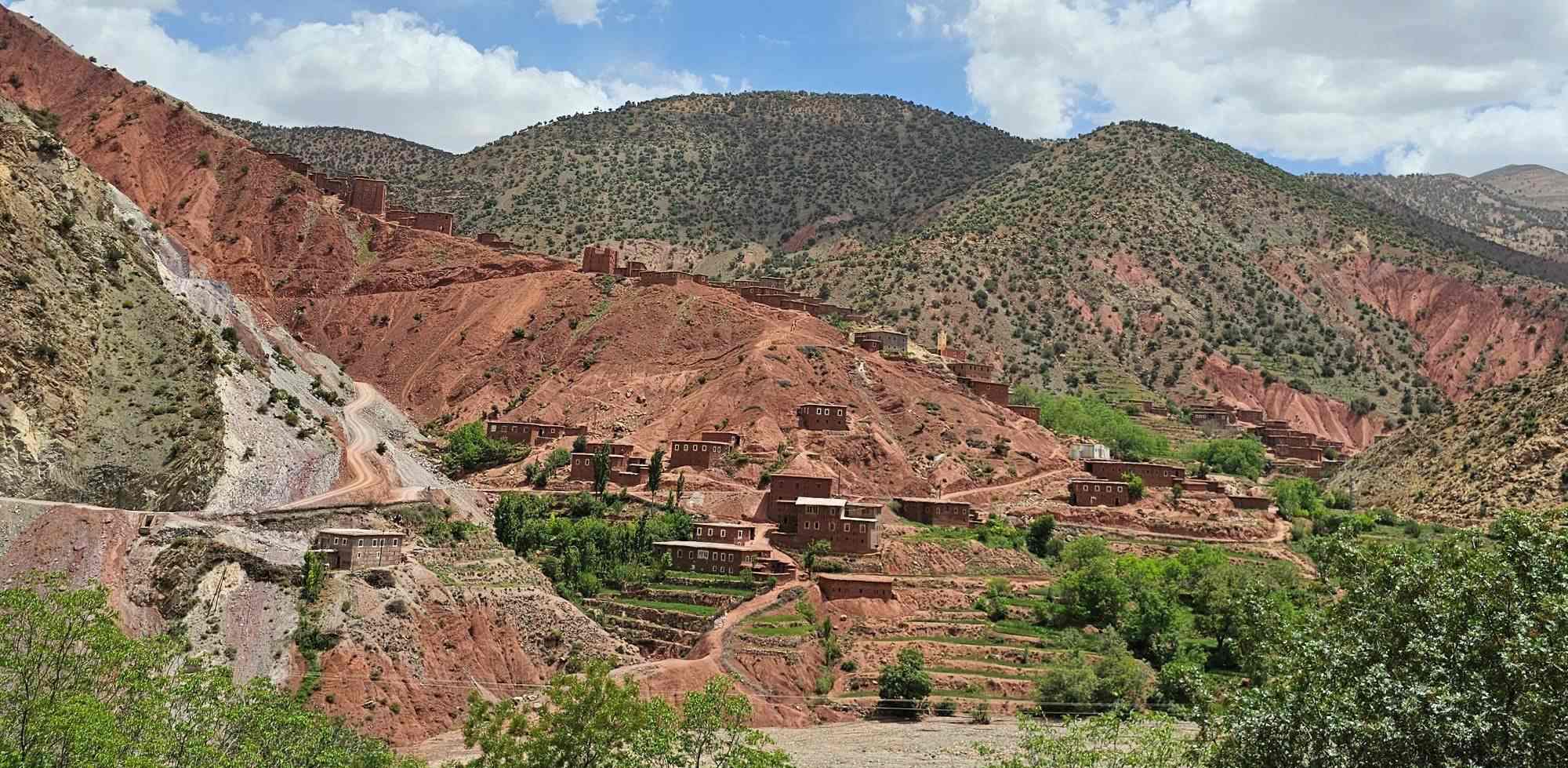The symbols traditionally used in Amazigh handcrafted rugs may seem contemporary and purely abstract.
In reality, everything has a deep and ancient meaning. And in most cases, they tell stories of femininity, pregnancy, childbirth, sexual encounters between men and women and marriage.
A perfect example is the rhombus, the most frequent symbol in Amazigh rugs.
It has a prehistoric origin and at the time was found not only in Morocco but also in the Mediterranean, Europe and beyond.
In fact, among the oldest art objects in Europe (even 30,000 years BC) we find the "Venus figurines" with their characteristic rhomboid shape, due to the highly accentuated representation of secondary sexual characteristics: large, prominent breasts, a wide pelvis and hips, a voluminous buttocks, and significant thighs.
These figurines were found in a large geographic area that extends from Ukraine to Central Europe, Northern Italy, to Western France.
As Bruno Barbatti writes in “Berber rugs from Morocco; Symbolic, origins and meaning”: “The fact that the rhombus is the most frequent and most important motif of the Berber rug demonstrates that it has preserved, after millennia, the symbolism common to the regions of Europe, the East and the Mediterranean”.
The author explains that “The rhombus unites in him the idea of the vulva, the uterus (matrix), the mother's belly or the entire female body.”
However, when the rhombus contains many other rhombuses, with a small central rhombus that is often colored, the meaning becomes completely different! The set of rhombuses then represents the eye, attentive and vigilant: an amulet against the evil eye, a belief that is still very much alive in Moroccan culture.
While weaving, the craftswoman tells, more or less consciously, her story and that of her ancestors.
For us at Casa Amar, these are even more reasons to deeply love these rugs!

